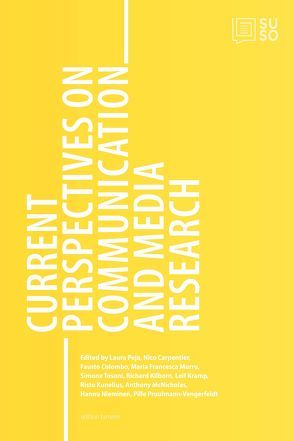
| |||
Current
| |||
| Title chapter: | Self-Other positioning: Insights into children's understanding of risks in new media | ||
| Author: | Lorleen Farrugia | ||
| Keywords: | Self, Other, online, risk, pre-adolescents | ||
| Abstract: | This work uses Social Representations Theory (Moscovici, 1961) to identify how pre-adolescent children understand and represent online risk. Adults often mediate children's online experiences, but their understanding of risk in the context of new media might differ from what really worries children online. This points to the importance of acknowledging the child's world view when making sense of risky situations online. Data were collected using six focus groups with Maltese children (n=49) aged 9 to 12. Participants were asked to talk about what children should be careful about when they go online and why. One of the themes identified through thematic analysis of the data was that children position themselves and others differently in relation to content, contact and conduct risks online. Since one way of analysing social representations is through dyadic oppositions in language and thought (Marková, 2015), the Self-Other is used as an epistemological thema via which to analyse the children's representations of risk. The analysis shows evidence of cognitive biases and distortions in the way children situate themselves and the way they situate others. The perception of self-invulnerability could place children at the risk of miscalculating the dangers they come across in the online environment. Shedding light on these distortions helps identify which digital literacy skills children need to learn so that practices and policies can target their needs specifically. | ||
| Click here to download full chapter [pdf] | |||
|
The | |||